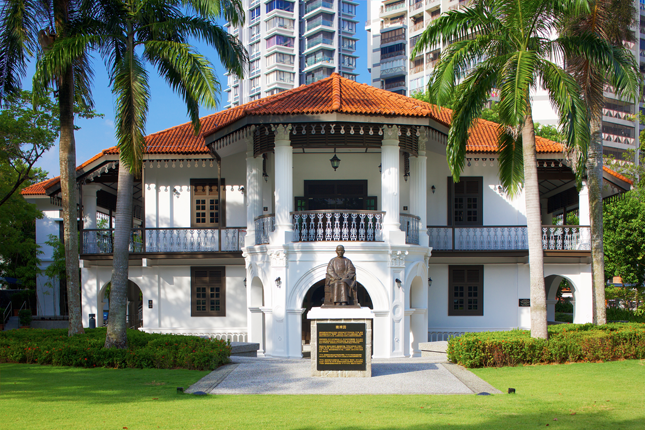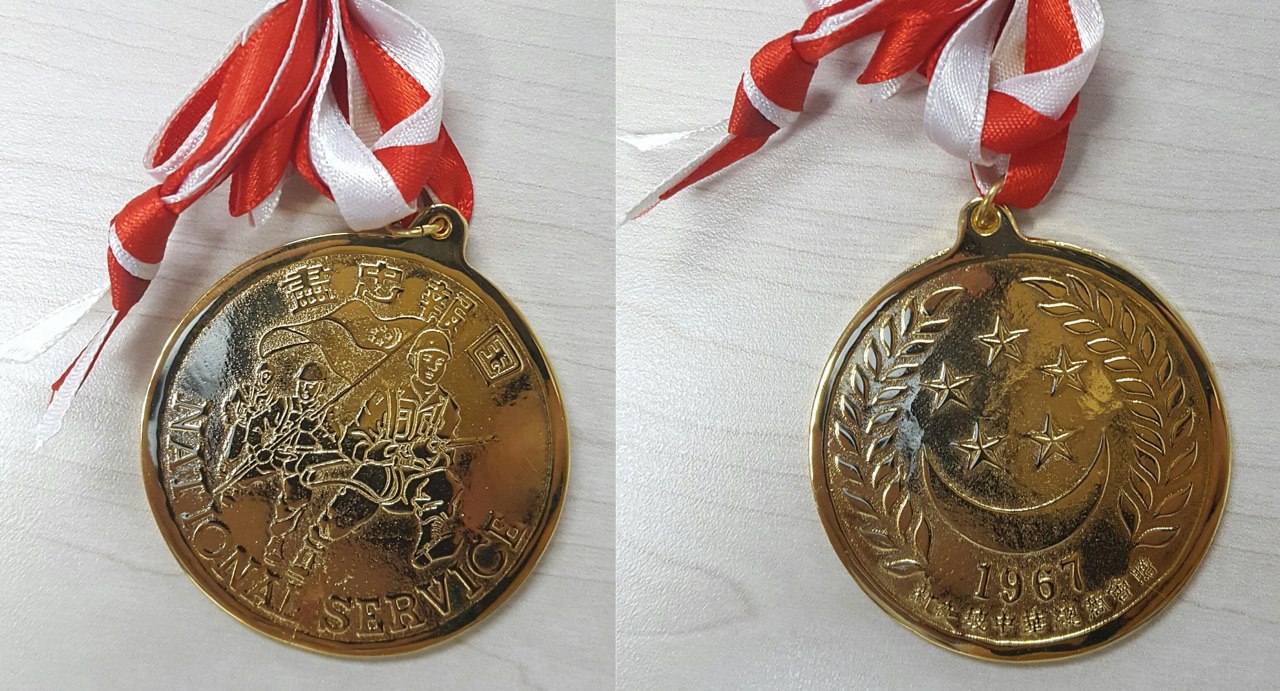The Chinese have been in Singapore for more than 200 years and they have gradually developed a uniquely Singaporean identity.
That was the message that Prime Minister Lee Hsien Loong delivered at the National Day Rally on Aug. 18 during his Chinese speech.
Physically in Singapore but hearts with China
Giving a short history lesson on the Chinese diaspora in Singapore, Lee explained how despite flourishing here, our Chinese forefathers always saw themselves as sojourners with the intention of returning to China one day.
“They were still people of China, and were passionate about their homeland,” he said in Mandarin.
The Chinese in Singapore were closely connected with China.
Being politically aligned with their homeland, the Chinese often donated time and money in aid of their country.
In 1906, the Singapore branch of the Tongmenghui (The Chinese Revolutionary Alliance) was established by revolutionary Sun Yat Sen with the support of prominent Chinese businessmen such as rubber magnate Teo Eng Hock, and merchants Lim Nee Soon, and Tan Chor Lam.
Several uprisings were planned at the Tongmenghui headquarters — the Wan Qing Yuan villa at Balestier.
These uprisings ultimately led to the overthrow of the Qing dynasty in 1911.
 Wan Qing Yuan. Via Roots.sg
Wan Qing Yuan. Via Roots.sg
Lee also mentioned the local Chinese’s support for the anti-Japanese movement in the early 20th century, in response to the Japanese invasion of Manchuria, China in 1931.
Dubbed the National Salvation Movement, the Chinese in Singapore channeled their patriotism for their homeland into activities, such as economic boycott of Japanese products and fundraising.
In August 1937, Tan Kah Kee, who was also mentioned in Lee’s speech, was elected by representatives of various clan associations to lead the Singapore China Relief Fund Committee, which held donation drives across Malaya to help refugees and families of war victims.
From August to October 1937, the Singapore China Relief Fund Committee raised C$2.28 million.
 A group of overseas Chinese raising funds for the Singapore China Relief Fund. Via National Archives.
A group of overseas Chinese raising funds for the Singapore China Relief Fund. Via National Archives.
Chinese volunteers were also sent to work on the Burma Road to ensure the smooth supply of war materials into China, as the road was China’s only link to the outside world.
The Wan Qing Yuan today has a relief mural dedicated to the Nanyang Transport Volunteers.
It was this fervent patriotism that was met with violent backlash by Japanese forces in the form of the Sook Ching massacre when Singapore fell in 1942.
Transferring loyalties to Singapore
Post independence, the Chinese who chose to make their homes here have also shown the same patriotism for Singapore.
Lee gave two examples of how the Chinese community has supported the government in building Singapore’s national defence.
In 1967, the Singapore Chinese Chamber of Commerce and Industry (SCCCI) presented the first two National Service batches with medallions that feature the crescent moon and stars of the Singapore flag on one side.
Engraved on the other side were the words “National Service” and ”尽忠报国“ (dedication and loyalty to country).
 The National Service medallion. Via PMO/Telegram.
The National Service medallion. Via PMO/Telegram.
The following year, in 1968, the SCCCI helped to raise S$1.23 million for the National Defence Fund, which went into building up Singapore’s military.
“This showed that the local Chinese community had by then begun to identify themselves as Singapore citizens, and had transferred their loyalties to Singapore,” said Lee.
"We have our own history and culture"
Lee added that this story is the same for Singaporean Indians and Malays whose forefathers came here as immigrants and progressively developed a multicultural identity together with Singaporean Chinese.
Understanding our history and identity helps Singaporeans navigate the new challenges.
It will also help Singaporeans understand current affairs as well, said Lee.
In light of the recent trade war between China and the US, as well as allegations of China's "influence operations" to promote a"greater China" narrative, Singaporeans should remember that we have our own unique identity and stand.
“We should always remember that we are Singaporeans. We have our own history and culture, and also our own perspectives and political stands on current affairs,” said Lee.
Here's a quick summary of Prime Minister Lee Hsien Loong's Chinese speech:
If you want to learn more about the Chinese in Singapore, "A General History of the Chinese in Singapore" is an excellent resource. Top image via visitsingapore.com.
If you like what you read, follow us on Facebook, Instagram, Twitter and Telegram to get the latest updates.
